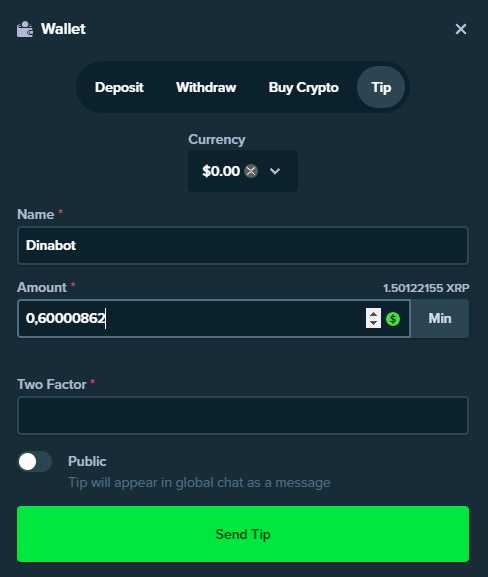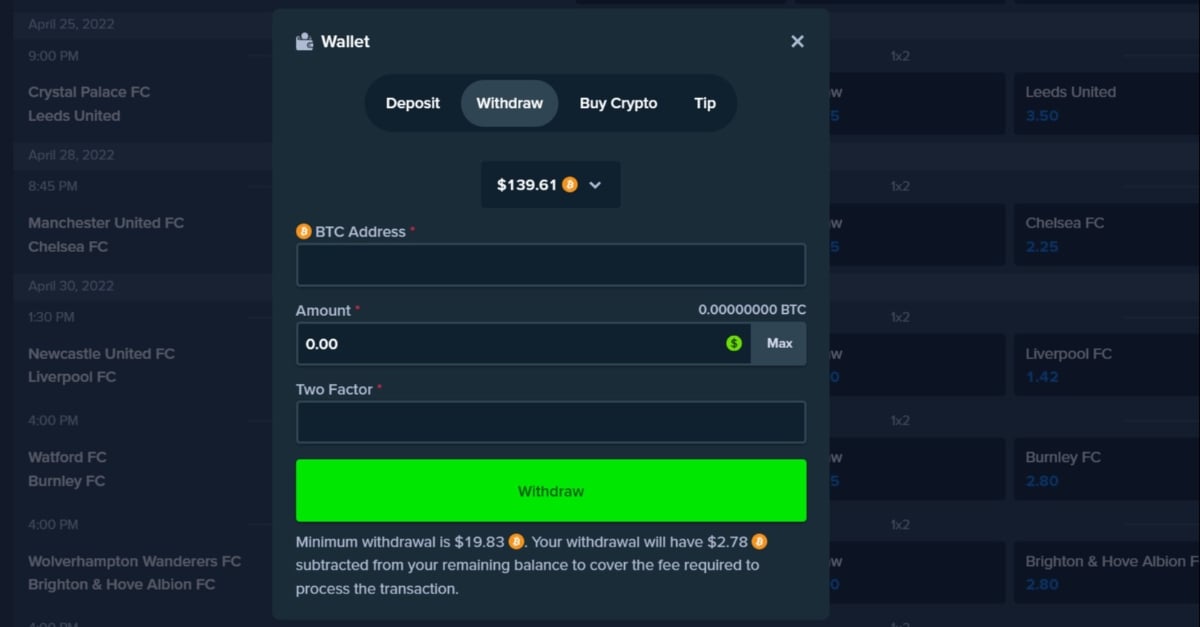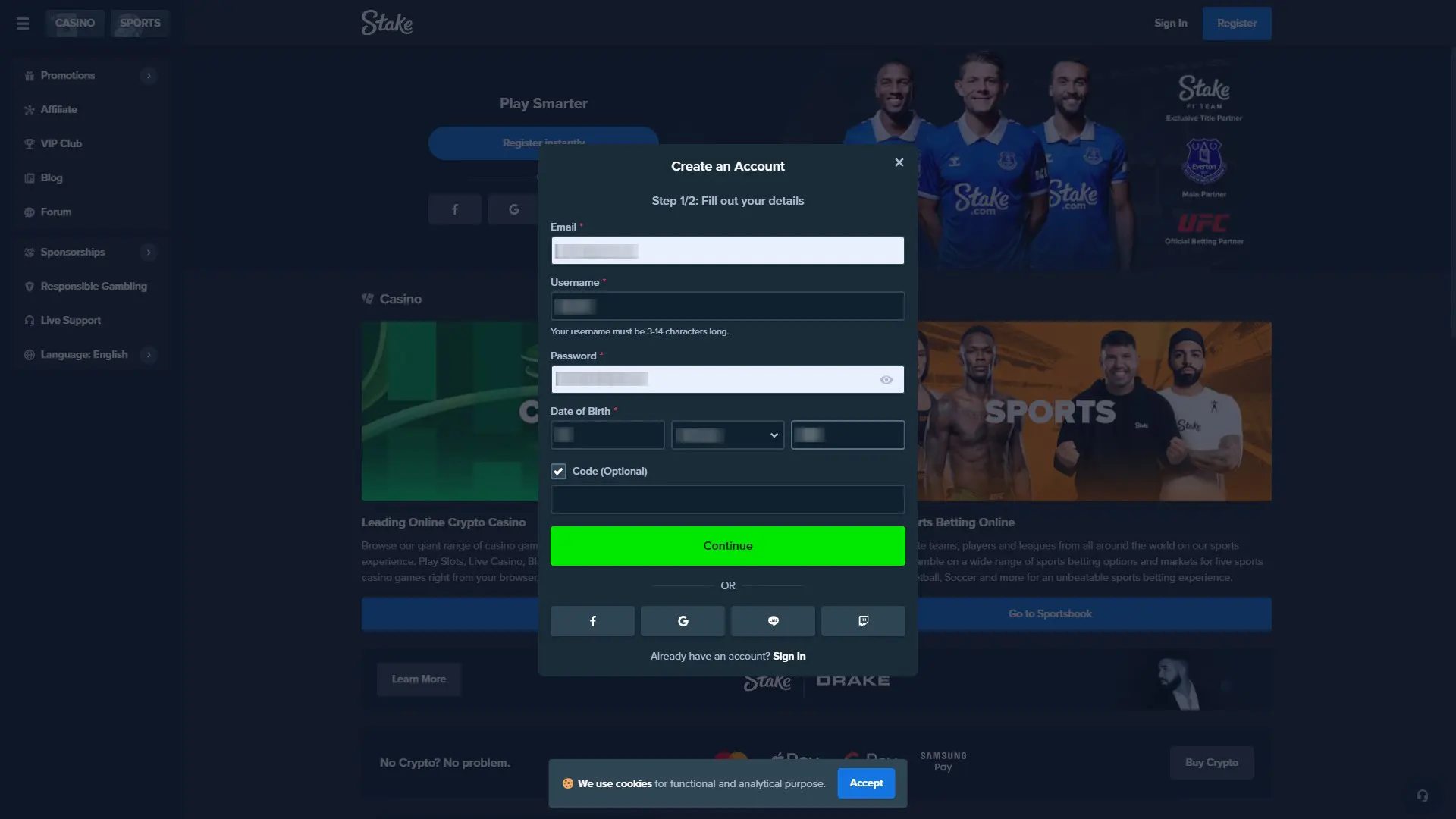How To Set Up A Stake Account

The growing popularity of cryptocurrency staking has led many individuals to explore opportunities to earn rewards by participating in blockchain network validation. A stake account serves as the foundation for this process, allowing users to lock up their digital assets and contribute to the security and efficiency of a particular network.
This article provides a comprehensive guide on how to set up a stake account, outlining the necessary steps and considerations involved.
Understanding the process is crucial for anyone seeking to passively earn income through cryptocurrency staking, while mitigating potential risks.
Selecting a Proof-of-Stake (PoS) Cryptocurrency
The first step involves choosing a Proof-of-Stake (PoS) cryptocurrency that aligns with your investment goals and risk tolerance. PoS cryptocurrencies are blockchain networks that utilize staking as a method for validating transactions and creating new blocks.
Examples include Ethereum (ETH), Solana (SOL), Cardano (ADA), and Polkadot (DOT), among others. Each cryptocurrency network possesses distinct characteristics, including its consensus mechanism, staking rewards, lock-up periods, and minimum staking requirements.
Before making a selection, it is imperative to conduct thorough research on each cryptocurrency's fundamentals, market capitalization, staking infrastructure, and potential risks.
Choosing a Staking Method
Once a suitable PoS cryptocurrency has been identified, the next step is to determine the preferred staking method. There are primarily two methods available: solo staking and delegated staking.
Solo staking involves running a validator node directly on the chosen blockchain network. This approach offers maximum control over the staking process and potentially higher rewards. However, solo staking typically requires significant technical expertise, hardware resources, and a substantial initial investment.
Delegated staking allows users to delegate their cryptocurrency holdings to a trusted validator node operator. This method is more accessible to individuals with limited technical skills and smaller capital. Delegated staking simplifies the process by outsourcing the technical aspects of validation to a validator node, while still allowing individuals to earn rewards proportional to their delegated stake. Most staking platforms offer delegated staking.
Setting Up a Wallet
Setting up a secure and compatible cryptocurrency wallet is essential for managing your staked assets. Most PoS cryptocurrencies offer their own native wallets or support third-party wallets that are compatible with the staking process.
Popular wallet options include hardware wallets, such as Ledger and Trezor, which provide enhanced security by storing private keys offline. Software wallets, such as MetaMask and Trust Wallet, are also available for desktop and mobile devices, offering convenience and accessibility.
When setting up a wallet, it is crucial to follow security best practices, including enabling two-factor authentication (2FA), securely storing the recovery phrase, and regularly backing up the wallet. Always download wallet software from official sources to avoid phishing scams.
Funding the Wallet
After setting up the wallet, the next step is to fund it with the chosen PoS cryptocurrency. This can be done by purchasing the cryptocurrency from a reputable exchange and transferring it to the wallet address.
Be sure to double-check the wallet address before initiating the transfer to avoid any potential loss of funds.
It is also recommended to keep a small amount of cryptocurrency in the wallet for transaction fees and other operational purposes.
Initiating the Staking Process
The process of initiating staking varies depending on the chosen staking method and cryptocurrency network. If you selected solo staking, you will need to download and install the relevant node software, synchronize it with the blockchain, and configure the staking parameters.
This often involves following specific instructions provided by the cryptocurrency project's documentation or community forums.
For delegated staking, you will typically need to navigate to the staking section of your wallet or a supported staking platform. Choose a validator node from a list of reputable validators and delegate a specified amount of your cryptocurrency to the selected validator.
Choosing a Validator
Selecting a reliable and trustworthy validator is crucial for ensuring the safety and security of your staked assets. Consider factors such as the validator's uptime, commission fees, staking performance, and reputation within the community.
Some wallets and staking platforms provide tools and metrics to help users compare and evaluate different validators.
Diversifying your stake across multiple validators can help mitigate risk and improve overall staking rewards.
Monitoring and Managing the Stake Account
After the staking process has been initiated, it is essential to regularly monitor the stake account and track staking rewards. Most wallets and staking platforms provide dashboards or reporting tools to monitor stake activity, earnings, and potential risks.
Keep up-to-date with network upgrades, changes to staking parameters, and any security vulnerabilities. It’s crucial to stay informed to adjust staking strategies accordingly.
Withdraw or re-stake rewards as needed to optimize earnings and maintain a healthy stake ratio.
Disclaimer: Cryptocurrency staking involves risks, including the potential loss of staked assets due to slashing, validator downtime, or security breaches. Before engaging in staking, it is recommended to conduct thorough research and consult with a qualified financial advisor.
By following these steps, individuals can effectively set up a stake account and participate in the exciting world of cryptocurrency staking. Understanding the nuances of each PoS cryptocurrency and staking method, coupled with proper security measures, is crucial for maximizing rewards and mitigating potential risks.
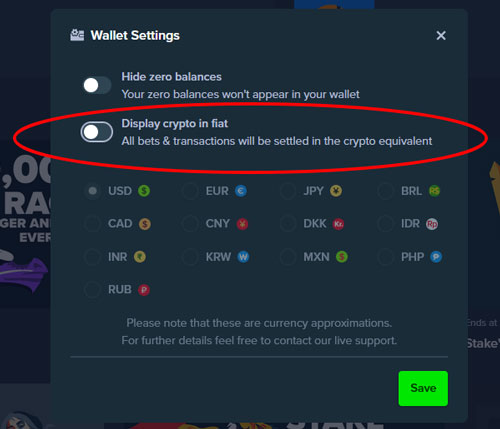

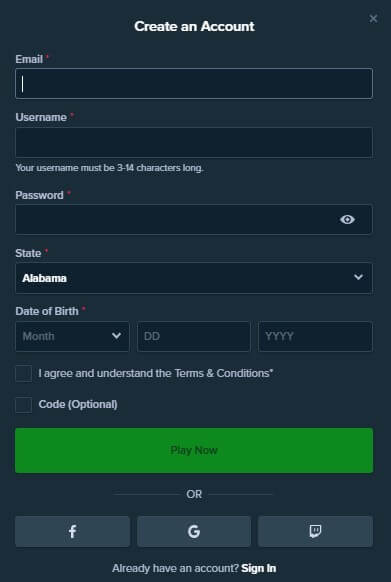
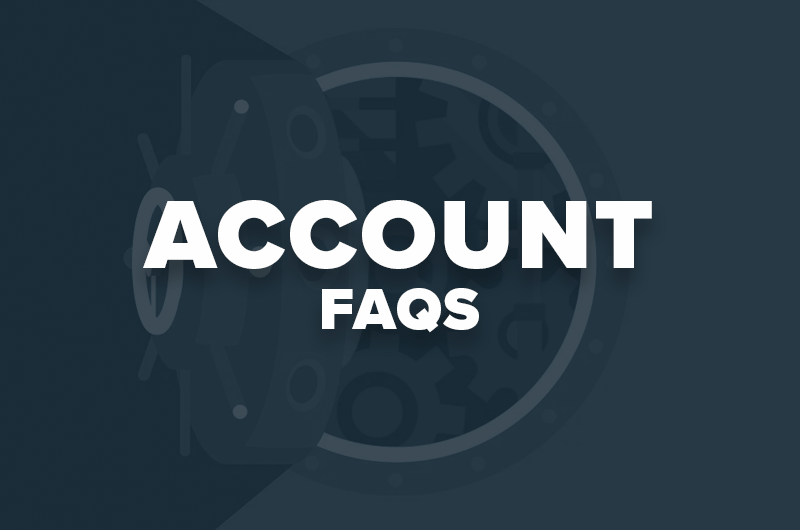
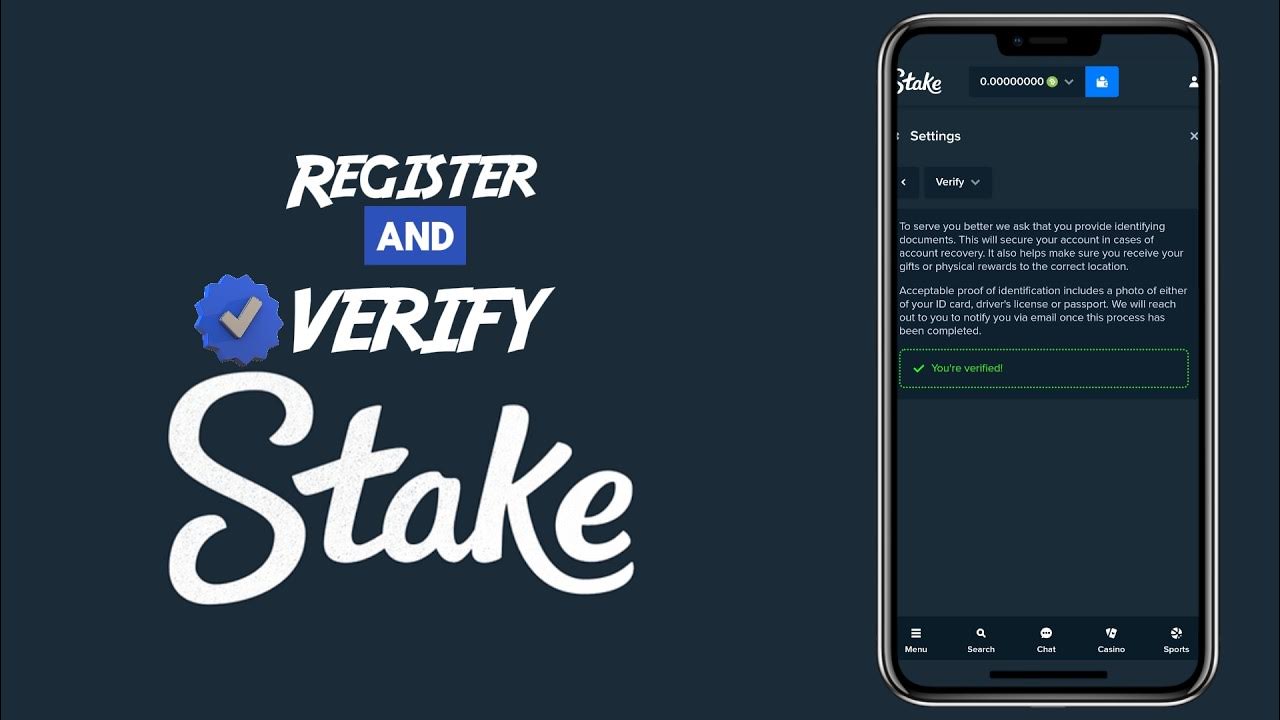

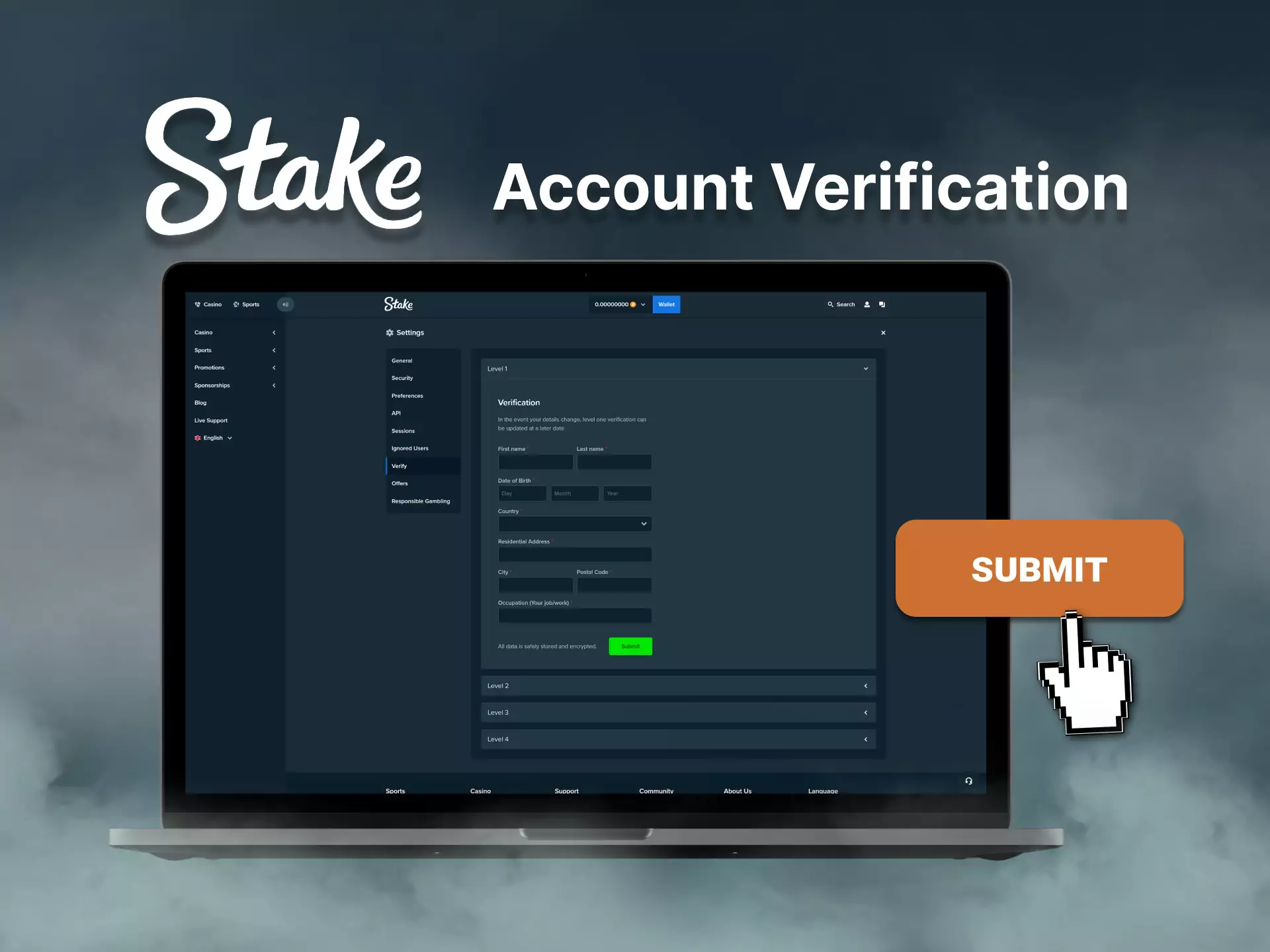
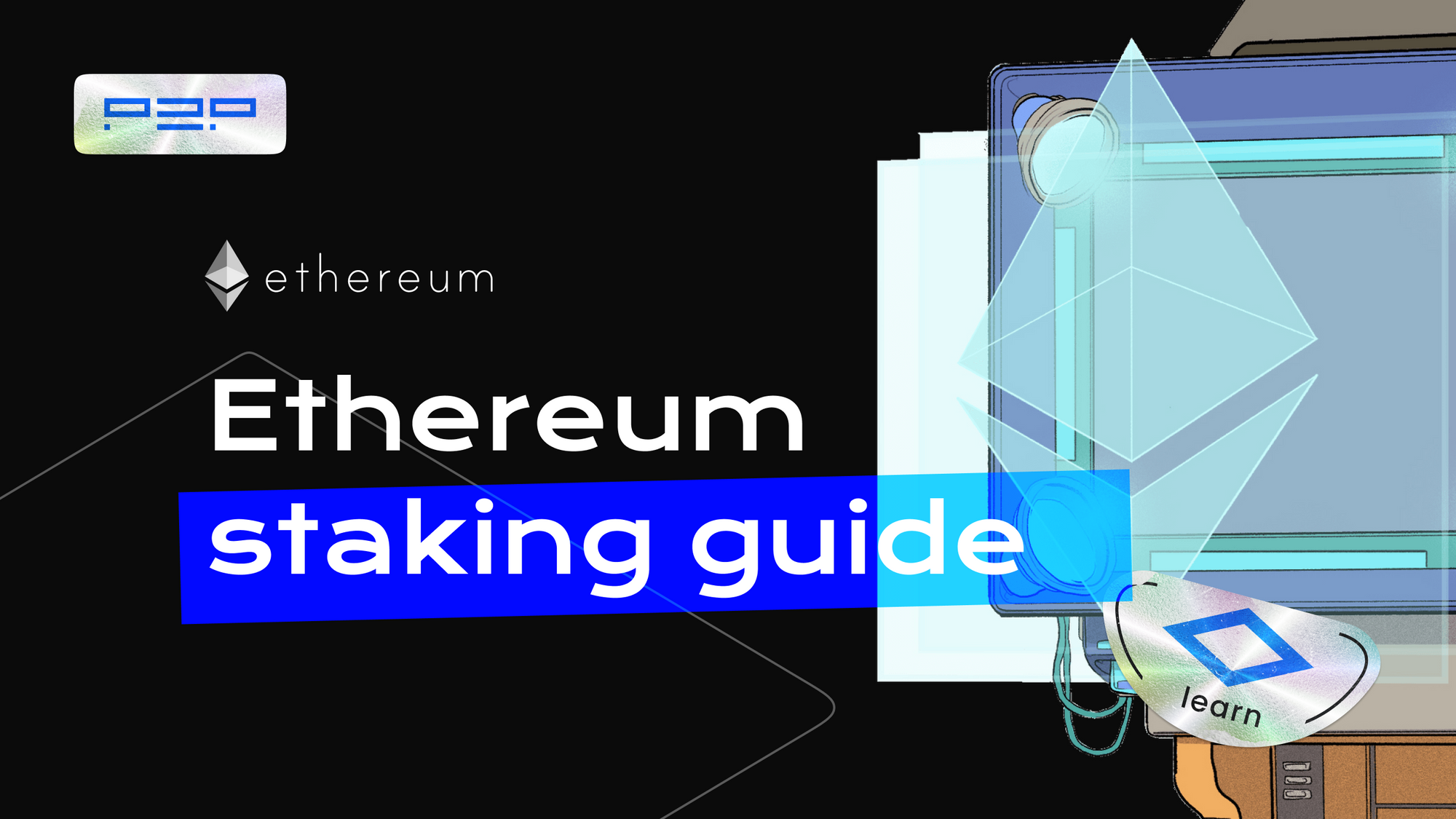
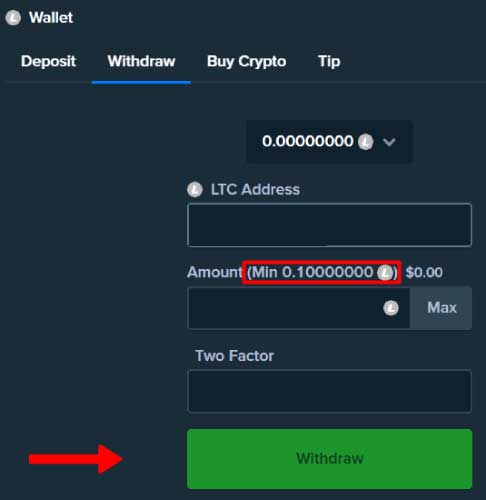
![How To Set Up A Stake Account Stake Register Steps [2025] Registration & USA Account ️](https://nostrabet.com/static/uploads/stake-verification-levels.png)



-1600 x 900.jpg)

